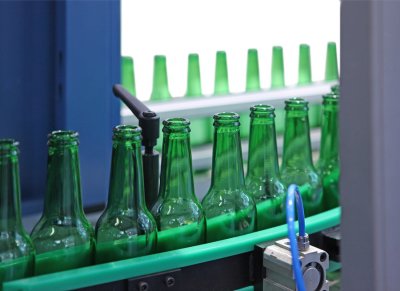Testing Compressed Air in Food Plants

Preventative food safety has become a major issue around the world. More and more countries, including the United States, are taking aim at improving the knowledge of risk factors and preventative practices in order to protect consumers and food manufacturers alike. One area that food plants are starting to focus on more than ever is compressed air, specifically the air quality at critical control points in the manufacturing and/or packaging of food. To protect consumers and your company from harm, here are some important things to know about compressed air testing in food plants.
Sources of Compressed Air Contamination
Before you test the air quality of your compressed air systems, you might first be interested to learn where air gets contaminated in the first place. There are multiple sources of contamination in a compressed air system, including atmospheric contamination (air entering the compressor can be contaminated with water vapor, micro-organisms, atmospheric dirt, etc.) and contamination introduced by the compressor, air receiver, or distribution piping.
Air Purity Monitoring and Testing Schedule
Regular air quality monitoring and testing is a best practice within any industry, but it is especially important for food plants. A single test at one point in time is not enough, as compressed air systems are subject to multiple sources of contamination (see above). ISO 8573-7:2003 outlines processes, methods, and best practices of compressed air testing for microbial contamination, including recommended testing schedules.
HAACP Analysis
Hazard Analysis Critical Control Point (HACCP) analysis prioritizes air quality testing and filtration at any point-of-use contact between compressed air and food (direct and indirect). Implementing HACCP testing protocols in your food plant is an effective way to mitigate the risks associated with contaminated air. In addition to testing at critical endpoints, these points of use should contain separate filtration systems or mechanisms to provide additional safeguarding against microbial food contamination.
